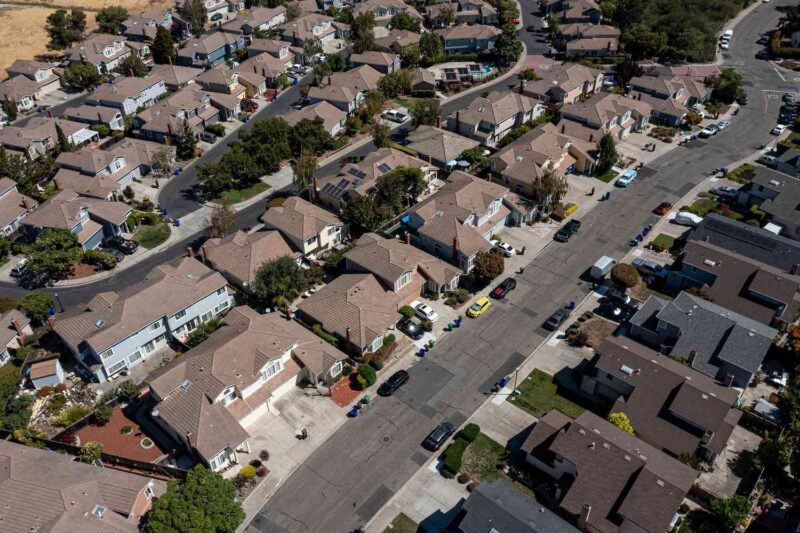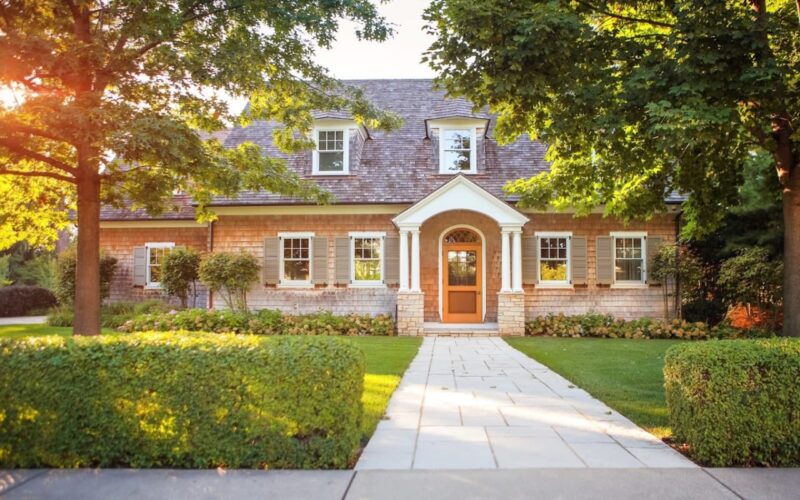April Housing Costs Fuel Core Inflation Despite Signs of Moderation
Housing expenses remained high in April, primarily driving up core inflation. The shelter component of the Consumer Price Index (CPI), comprising mainly rent and homeowners’ equivalent rent (OER), saw a 0.4% increase, consistent with March. Over the past year, shelter costs rose by 5.5%, the slowest since June 2022, marking a decrease from the peak of 8.2% in March last year.
Shelter expenses contributed significantly to both core and headline inflation, accounting for over two-thirds of the former and 70% of the latter, according to the Bureau of Labor Statistics (BLS).
Economists emphasize a need for patience, noting a lag in incorporating newly signed leases into CPI data. While apartment rents have shown signs of moderation, the BLS’s biannual rent data collection creates a delay in reflecting actual rent inflation.

Experts remain cautiously optimistic. Chicago Fed President Austan Goolsbee sees housing inflation as a persistent challenge, but anticipates improvement that could steer overall inflation back towards the 2% target. Omair Sharif of Inflation Insights finds the monthly rent increase of 0.3% particularly encouraging, reminiscent of pre-COVID levels.
Looking ahead, Nationwide’s Oren Klachkin anticipates a decrease in shelter inflation by early next year due to COVID impacts and a softer economy. However, some foresee a potential resurgence in rents, driven by factors like reduced apartment construction and increased immigration.
Jay Parsons from Madera Residential highlights a decline in multifamily housing starts, potentially leading to a supply-demand imbalance and upward pressure on inflation. Strategas Research Partners’ Don Rissmiller also points out that rising immigration could exacerbate future rent increases if housing supply fails to keep pace.
I’m Tanner Murphy, a retired real estate agent from California, now writing for propertyescape.net. I simplify California’s complex real estate laws for readers, making it easier to understand and navigate the market.






